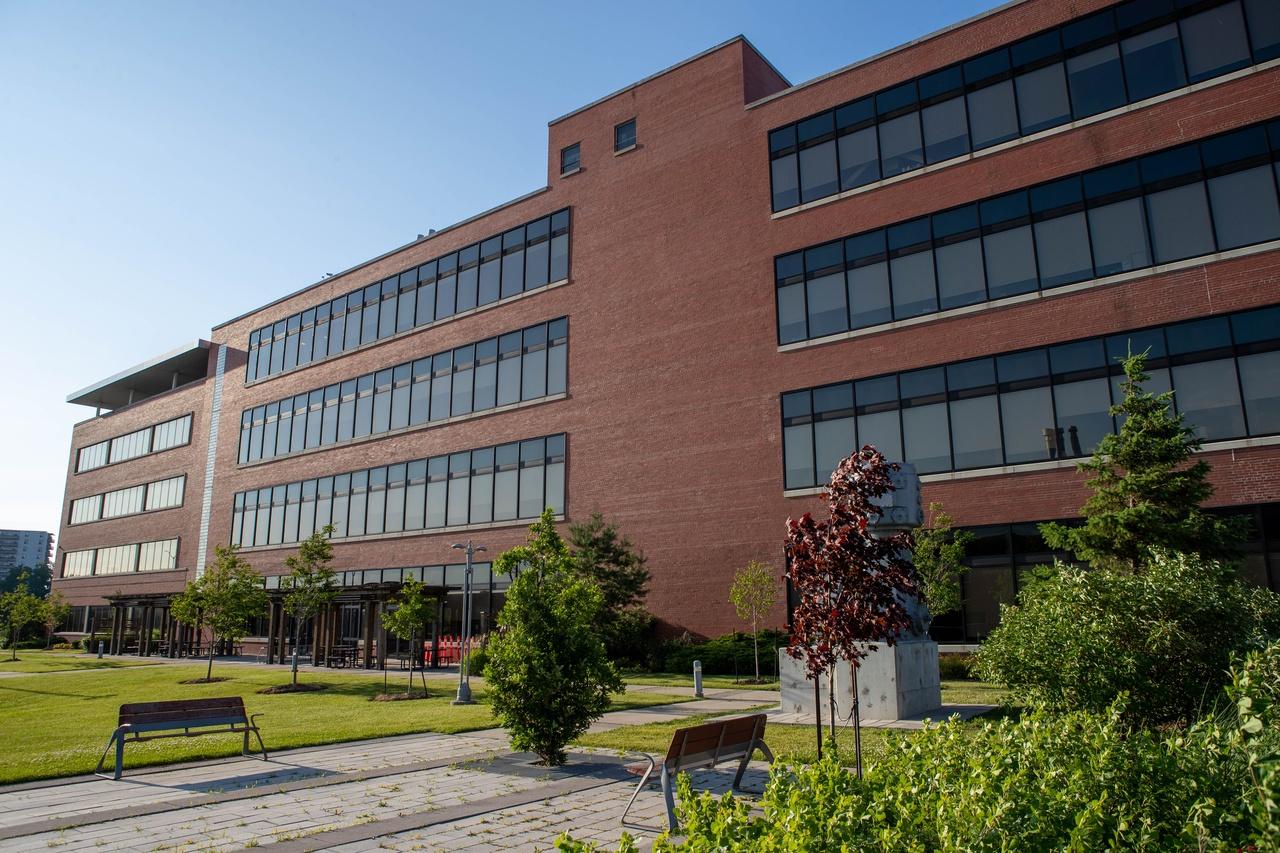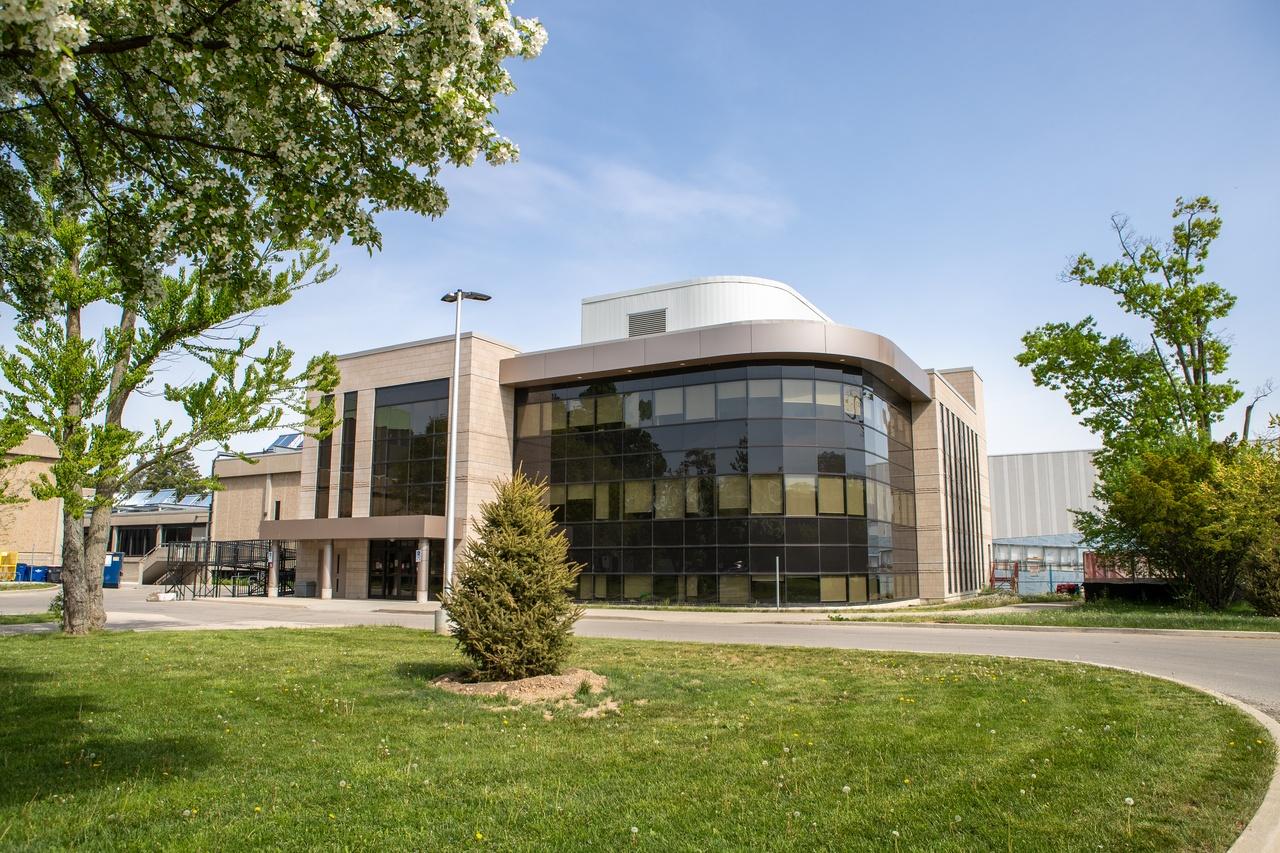Ada TangProfessor, Rehabilitation Science
Overview
Ada Tang is a physical therapist, Professor and Assistant Dean (Rehabilitation Science) in the School of Rehabilitation Science, and a McMaster University Scholar.
Areas of Expertise
McMaster Affiliations
Background
Degrees
BSc Physical Therapy
University of Toronto
MSc Rehabilitation Science
University of Toronto
PhD Medical Science
University of Toronto
Postgraduate training
Post-Doctoral Fellow
University of British Columbia



